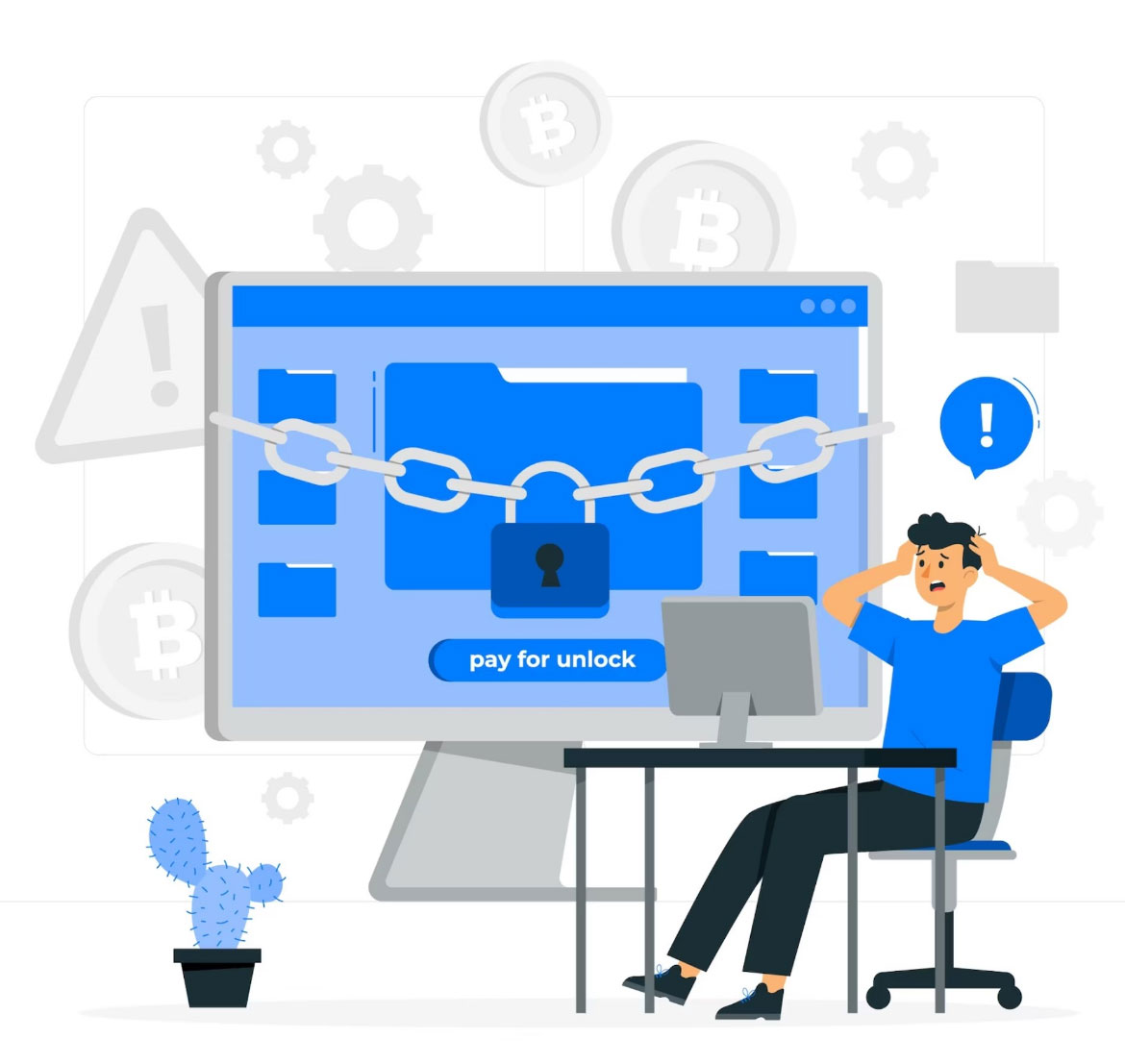
Cyber attacks have become increasingly prevalent in recent years, posing a growing threat to businesses across the globe. These attacks are becoming more sophisticated, targeting organizations of all sizes and across various industries. According to the World Economic Forum's Global Risks Report 2021, cyber risks are among the top global threats, highlighting the significance of this issue [1].
Several factors contribute to the rising trend of cyber attacks, including the rapid advancement of technology, increased reliance on digital services, and the widespread adoption of remote work due to the COVID-19 pandemic. The pandemic, in particular, has led to a surge in cybercrime, as malicious actors exploit new vulnerabilities and take advantage of the shift to remote work environments.
This upward trend in cyber attacks underscores the importance of implementing robust cybersecurity measures to protect your business from potential threats. As cyber criminals continue to evolve and adapt their tactics, staying proactive and vigilant in your cybersecurity efforts is essential to safeguarding your company's digital assets, reputation, and bottom line.
As a small or medium-sized business, you might think that cybercriminals won't target you. Unfortunately, that's not the case. A 2020 Verizon report found that 28% of breaches targeted businesses like yours [2]. There are a few reasons why cybercriminals might target SMEs:
It's possible that employees haven't had the opportunity to receive comprehensive training in cybersecurity best practices. This could make them more susceptible to social engineering attacks like phishing and spear-phishing.
Some businesses might find it challenging to allocate the necessary resources or expertise for effective network monitoring and timely response to security incidents. This can increase the risk of a successful cyber attack.
The consequences of a data breach can be truly devastating for SMEs, both financially and operationally. In 2021, the average cost of a data breach for SMEs was a staggering $86,500 [3]. That's why it's so important to take cybersecurity seriously, no matter the size of your business.
Cyberattacks pose a significant financial threat to businesses of all sizes. In fact, the average total cost of a data breach in 2021 was a massive $4.24 million, according to IBM's "Cost of a Data Breach" report [4]. Another study by Accenture showed that the average yearly cost of cybercrime for a company reached $13 million [5]. The financial fallout from cyberattacks can be broken down into two categories: direct and indirect costs.

These are the immediate expenses that a business incurs as a result of a cyber attack. They include:
These are the long-term consequences of a cyber attack that may not be immediately apparent. They include:
By putting together a solid cybersecurity plan, you can identify vulnerabilities, implement strong security measures, and prepare for potential incidents. Investing in proactive cybersecurity can help protect your business from significant financial setbacks and long lasting consequence

When a cyber attack happens, there's more to worry about than just the financial losses. Your business could face legal and regulatory consequences too. If a data breach involves personal information, you might be hit with hefty fines and penalties under privacy regulations like Europe's GDPR and the US's CCPA. These rules are in place to make sure organizations take responsibility for keeping sensitive customer information safe.
Take the 2019 case of British Airways, for example. They were fined a massive £183 million ($230 million) for a breach that impacted 500,000 customers [8]. This shows just how severe the financial consequences of legal and regulatory penalties can be after a data breach.
On top of that, you might also find yourself dealing with lawsuits from customers or employees who were affected by the breach. These legal battles can be both time-consuming and expensive, taking valuable resources away from your core business operations.
The impact of a cyber attack doesn't just stop at financial and legal issues; it can also cause serious, long-lasting damage to your company's reputation. Trust is crucial for maintaining strong customer relationships, and a data breach can put that trust at risk. Remember what happened to Code Spaces in 2014? A devastating cyber attack led to their complete shutdown within days, as they couldn't recover their data or continue operations [9].
A study by Centrify found that a shocking 65% of customers lost trust in a company after a data breach [10]. This loss of trust can snowball, affecting customer loyalty and leading to a drop in revenue and slowed business growth. In today's competitive market, a damaged reputation can make it tough for your company to attract new customers, keep the ones you have, or bounce back after a security incident.

Phishing is a social engineering technique where attackers pose as trusted entities to trick users into revealing sensitive information or installing malware. According to the 2021 Verizon Data Breach Investigations Report, phishing accounted for 36% of breaches involving social attacks [11].
Ransomware is a type of malware that encrypts a victim's data, rendering it inaccessible until a ransom is paid. The 2021 Sophos "State of Ransomware" report found that 37% of organizations were hit by ransomware, with an average recovery cost of $1.85 million [12].
In a DDoS attack, cybercriminals flood a targeted system, network, or website with excessive traffic, rendering it unavailable to legitimate users. In 2020, NETSCOUT reported a 20% increase in DDoS attacks compared to the previous year [13].
Insider threats arise from individuals within an organization, such as employees or contractors, who deliberately or inadvertently compromise the organization's security. It is estimated that insider threats account for 80% of all cyber attacks. As reported in the 2020 IBM "Cost of Insider Threats" study, the average cost of an insider threat incident was $11.45 million [14].
APTs are sophisticated, long-term cyber attacks where attackers gain unauthorized access to a network and remain undetected for extended periods. APTs can result in severe financial and reputational damage to the targeted organization.
In a supply chain attack, cybercriminals target an organization's third-party vendors or service providers to gain access to the organization's systems. The 2020 SolarWinds attack, which affected numerous government agencies and private companies, is a notable example of a supply chain attack [15].
By understanding these common attack methods and their potential impact, businesses can develop comprehensive cybersecurity plans to mitigate risks and protect their valuable assets.